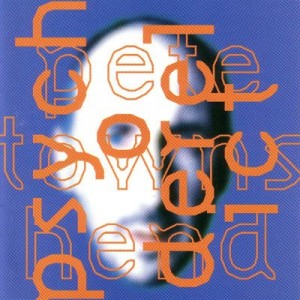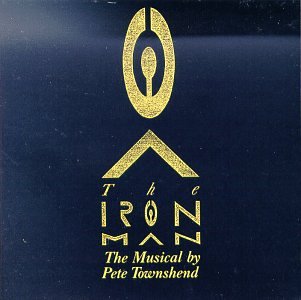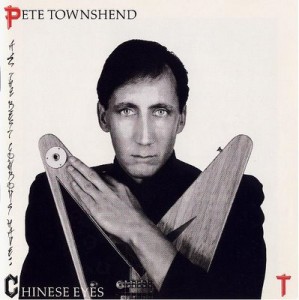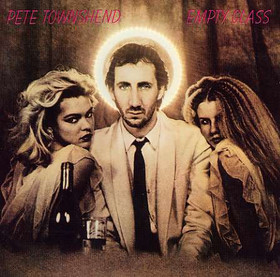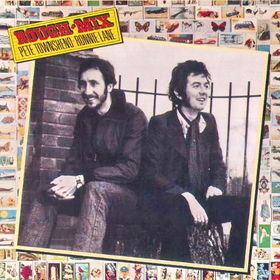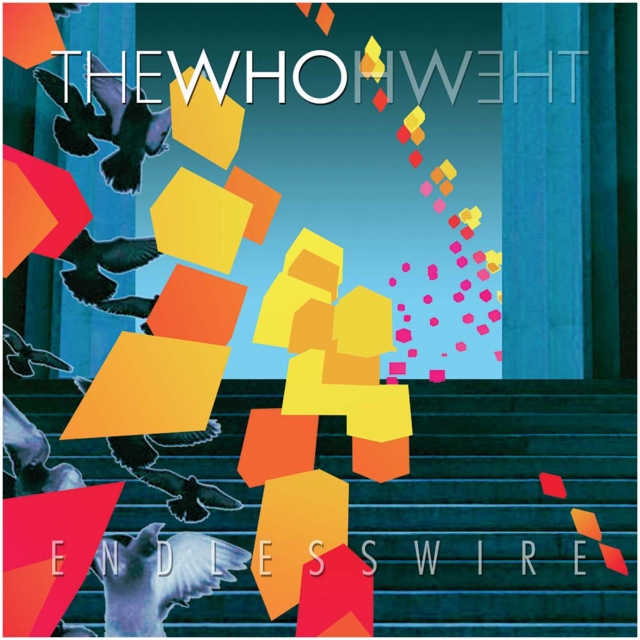
The circumstances surrounding the final Who album of 1982 (It’s Hard) were so bitter that it took the band 24 years to finally summon the resolve to issue a new album of original compositions. Unfortunately, John Entwistle was to pass away in Las Vegas on the eve of a Who tour before their new record (“Endless Wire”) could materialize, casting a question mark on the true validity of this new work as a Who piece, which (quite aptly) finds Roger singing “will there be music/or there will be war” at its conceptual climax.
Personally, I’m not going to entangle myself into the “this is not The Who any longer” debate, simply because there is no such debate to be had.
The Who did not have four members; The Who had four leaders. All three instrumentalists were revolutionary. Now the rhythm section is gone, and we have Pino Palladino on bass – a superb musician, but not someone who aims to replicate Entwistle’s thunder (nor should he, in the same way no-one really expected Kenny Jones to ape Keith Moon’s sound). Yet, the current incarnation of the band does feature Zak Starkey, who is incontestably the most skillful drummer The Who has ever had on Moon’s stead.
Which brings me to my one principal problem regarding “Endless Wire” – Zak does not make an appearance, as he was occupied touring and recording with Oasis. He does drum on namely one track, and it’s easily one of the standouts: “Black Widow’s Eyes” – a song about Stockholm Syndrome which evinces suspense and impending fatality, conjuring back the kind of tension that always defined The Who’s most characteristic numbers.
The album was released in October 2006, and it is divided in two parts. The first is an unconnected collection of vignettes and songs. The second is a mini-opera entitled “Wire & Glass” (which was also the name of an EP the band released ahead of the album).
Old friends abound – Pete’s brother Simon, keyboardist John “Rabbit” Bundrick (the unofficial “fifth” member of The Who for as much as 30 years now) and also Billy Nichols, a Baba lover whose name will be instantly familiar to fans of Pete Townshend’s solo oeuvre (IE, Who enthusiasts everywhere).
The first nine tracks find Roger and Pete trading vocals throughout, and the songs themselves have a marked acoustic air, which is even reminiscent of The Who By Numbers in places.
Roger is in fine form throughout – give the man his due, he was on his seventies when he recorded this. His delivery is nuanced, and has a theatrical sheen of its own that somehow compensates for the missing roar of yore.
Nostalgia sets the tone from the very commencement with “Fragments” nodding to “Baba O’ Riley”, and (depending on your stance on The Who’s actual framework) you’ll either find it really endearing or the most conformist thing they ever set to tape (to be fair, Pete didn’t even write it all by himself – British multimedia composer Lawrence Ball receives a co-credit).
Elsewhere, we have a song inspired by “The Passion of The Christ” (“Man In A Purple Dress”), and Pete might as well have the most touching moment of the whole album when he sings “God Speaks Of Marty Robbins” (a song which was actually made available on demo form during his “Scoop” series in 2001).
Conversely, it’s Pete who sings the one and only nadir of the album – “In The Ether”. I find it ludicrous to believe that he did actually record and listen to that and opted to include it on the finished album.
“You Stand By Me” closes the first side of the record. The song is certainly not without charm, but it is too brief, and the motif would be taken up again on the closing number of the album, and addressed more satisfactorily at that (although I do concede the two songs work well in tandem, offering Pete and Roger’s individual reflections on their fifty-year strong relationship).
The “Wire & Glass” mini opera is the most Who-like part of the album. It obviously helps that the subject matter hits home – it tells the story of some childhood friends that form a band, effectively replicating the story of The Who in more aspects than one (“we found a dream to dream/we were the carriers”, Roger sings on “We Got a Hit”, before retorting “we talked a lot of crap/they wanted more!”). Townshend’s aunt Trilby (the person who encouraged him as a musician when he was a boy) gets a name check, and the concept of a transcendental concert (IE, the one that fueled the “Lifehouse” project) shines through again on “Mirror Door” – a song which was actually released as the album’s first single, and that did acquit itself well on the charts. And “Tea & Theatre” ends the album on the most suitable of notes, featuring just Pete and Roger, who provides a vocal which manages to be both powerful and fragile. And the live versions just punctuates everything all the better.
I do also have the “expanded” version of the album, which includes an elongated version of “We Got a Hit” which outright vexes me – while the original is dizzying, this alternate take just plods along. What’s the added value in something like that?
This expanded version also comes with a DVD which is quite fun to watch but all too succinct (only one song from the new album?), and the person who thought that mimicking the “Leeds” cover was a good idea needs his head examined.
On the whole, “Endless Wire” is a solid album. Pete is very focused. Even his chord progressions (one of the main points of contention for people who tend to dismiss the band) are subjected to some very peculiar twists of their own.
And as of the time of writing this, the band is recording a new album. It will feature Zak on the majority of its track, and (in quite a bit of a stunner) Roger will also pen original material alongside Pete (who, by the way, is going to release his first novel, which will most likely set the scene for a new solo album). Actually, Roger did write some songs for “Endless Wire” – a much-cited composition titled “Certified Rose” did not make the cut. And neither did a song by John named “Sabotage”, for which it was heavily-rumored that a usable soundcheck bassline was available.
Like everybody else, I had strong reservations when I learned The Who were issuing an album after John Entwistle’s passing. I actually took a long time to buy it. But as you can tell by this review, I was gratefully surprised.
However, I did not attend the band’s one show in Argentina in 2016; it was their first time playing South America. I do regret it now, specially after having listened to their “Live At Hyde Park” album. I hope I’ll be able to make up for that one big mistake if they tour their upcoming album. Now I know what I will find on stage.
Most of everything, I know Who I will find.
Music makes me, makes me strong
Strong vibrations, make me long
Long for a place where I belong
You will find me in this song
– Mirror Door

